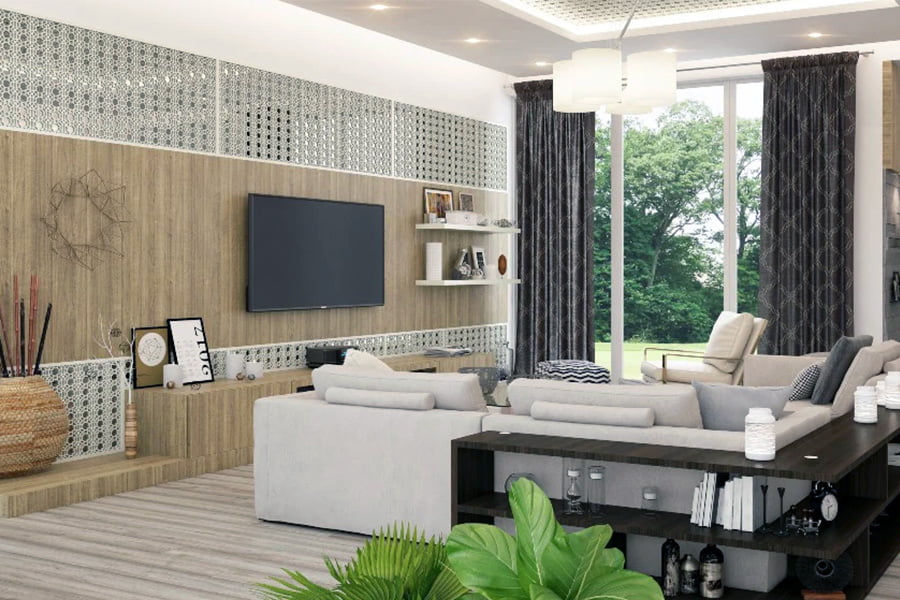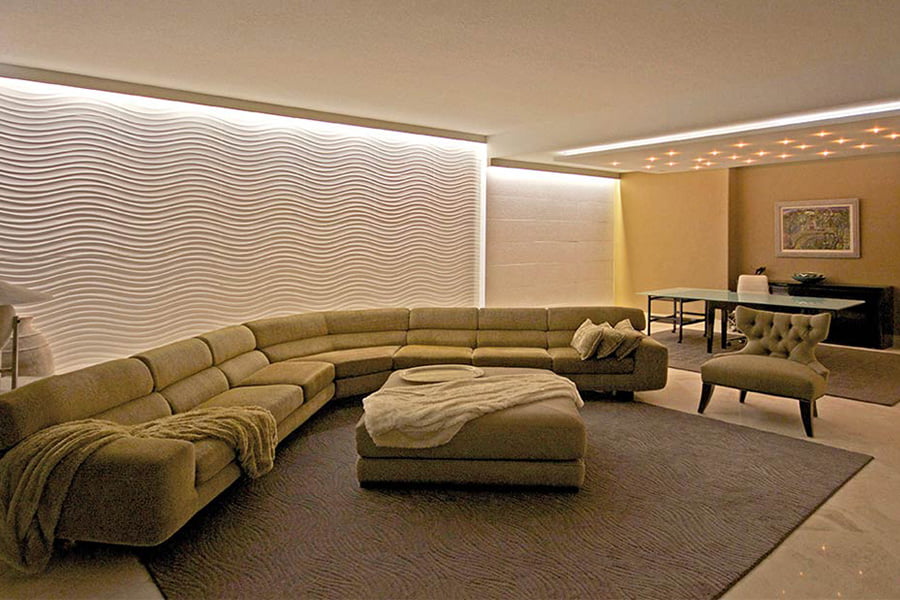A living room is where we spend most of our time, whether it’s watching TV, playing games, or simply relaxing with friends and family. But have you ever stopped to consider the ergonomics of your living room? In this article, we’ll delve into the world of ergonomics and explore how you can design a comfortable, functional, and aesthetically pleasing ergonomic living room.
Why Ergonomics Matter in Your Living Room
Ergonomics is the study of designing products and environments to maximize efficiency and comfort for users. But why does it matter in your living room? Simply put, poor ergonomics can lead to discomfort, strain, and even injury. By incorporating ergonomic principles in your living room design, you’ll create a space that’s not only stylish but also comfortable and safe for everyone.
Choosing Ergonomic Furniture
Sofas and Chairs: When selecting sofas and chairs for your living room, look for models with adjustable headrests, lumbar support, and cushioned armrests. These features will ensure that you maintain a natural, comfortable posture while sitting. Check out this ergonomic sofa for inspiration.
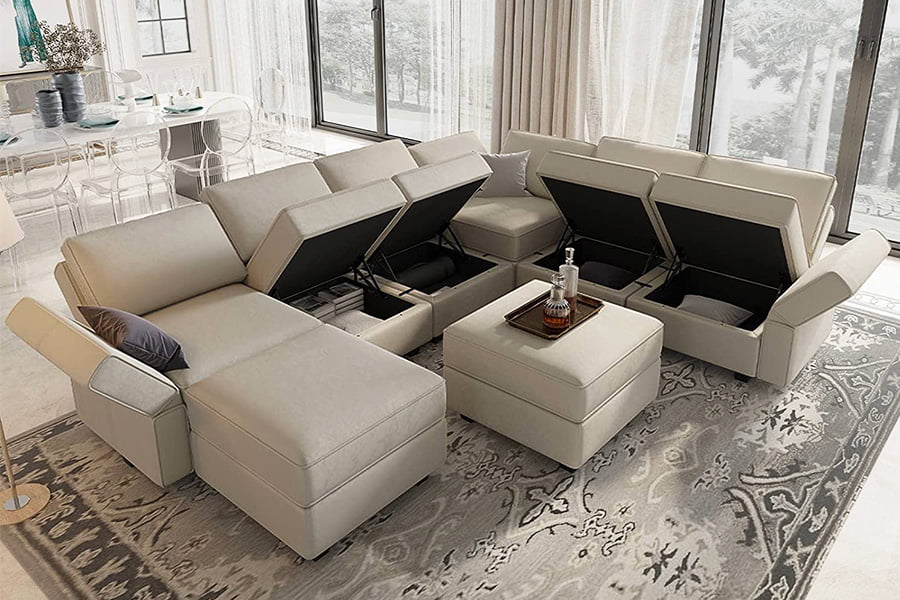
Coffee Tables: A coffee table should be at the same height as your sofa’s seat or slightly lower, allowing you to reach items on the table without straining. Consider this adjustable-height coffee table for added versatility.
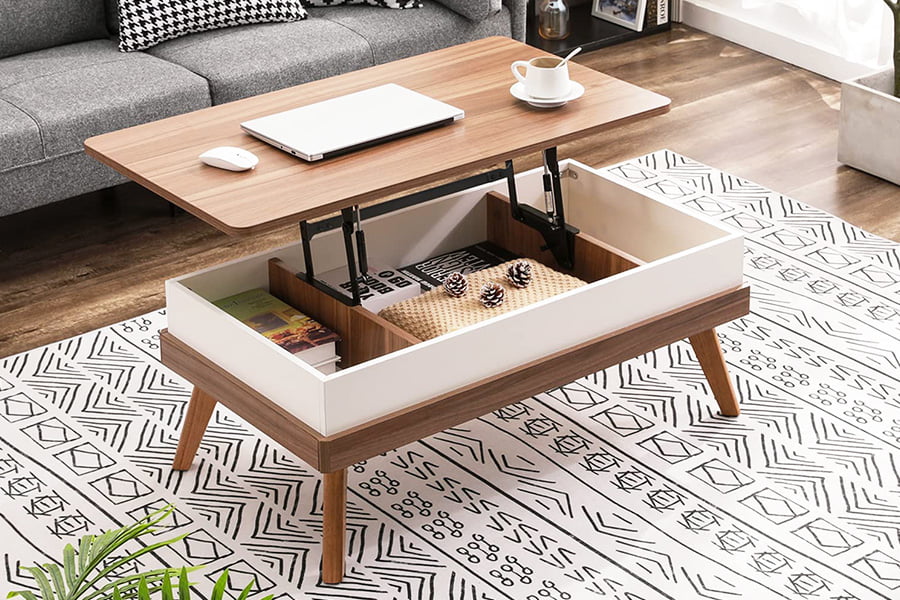
TV Stands: Position your TV at eye level to avoid neck strain. Invest in a TV stand with adjustable height or a wall mount that allows you to easily achieve the correct viewing angle. This articulating TV mount is a great option.
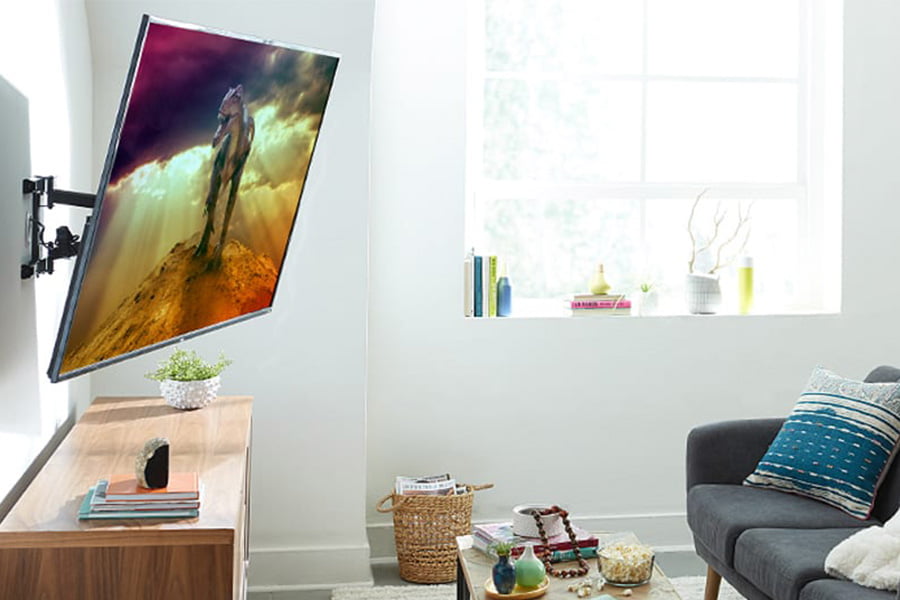
Ergonomic Layout and Design
- Traffic Flow: Ensure that there’s plenty of space for people to move around your living room without bumping into furniture. Keep pathways clear and consider arranging furniture in a circular or semi-circular pattern to encourage conversation.
- Lighting: Use a combination of ambient, task, and accent lighting to reduce eye strain and create a welcoming atmosphere. Place lamps near seating areas for reading, and use dimmable overhead lights for a customizable experience.
- Color Palette: Choose colors that promote relaxation and harmony, such as cool blues, soft greens, and earth tones. Avoid overly bright or harsh colors, as they can cause eye strain and fatigue.
Incorporating Technology
- Smart Home: Integrate smart home technology to automate lighting, temperature, and entertainment systems for a seamless, comfortable experience. For example, a smart thermostat can help maintain the optimal temperature for relaxation.
- Cable Management: Keep cables neat and organized with cable management solutions like cable clips or cable sleeves. This will not only enhance the aesthetics of your living room but also reduce the risk of tripping hazards.
Designing an ergonomic living room requires careful consideration of furniture, layout, and technology. By incorporating these principles, you’ll create a comfortable and functional space that promotes relaxation, minimizes strain, and fosters social interaction. Remember, a well-designed living room can improve your overall well-being and enhance your quality of life. So why wait? Start planning your ergonomic living room today!
Want to get started on your ergonomic living room journey? Check out the collection of ergonomic furniture and transform your space.

